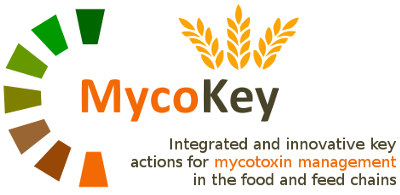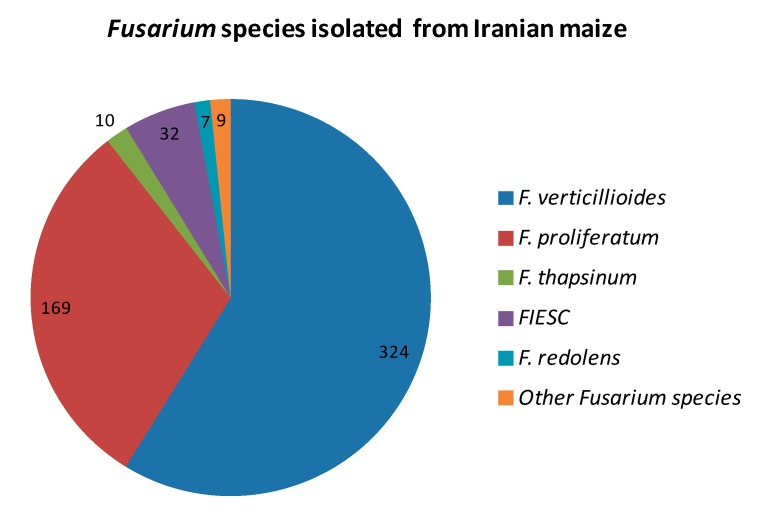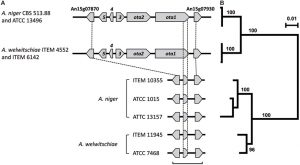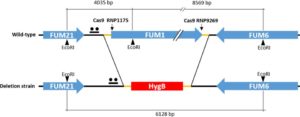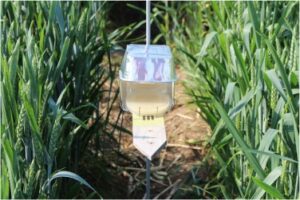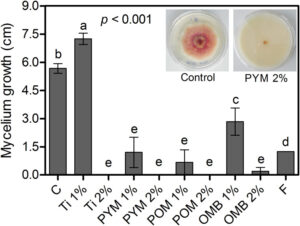Scientific Papers
MycoKey aims to unlock new knowledge and to valorize existing knowledge and data by rapid dissemination to research partners and stakeholders in the chain.
In the MycoKey programme all scientific peer reviewed publications are available through open access. Research data will be deposited in public data repositories for (re)-analysis exploitation and dissemination free of charge.
In this page you can find publications describing the scientific results arising from project’s activities.
Isolation, Molecular Identification and Mycotoxin Profile of Fusarium Species Isolated from Maize Kernels in Iran
Fusarium species are among the most important fungal pathogens of maize, where they cause severe reduction of yield and accumulation of a wide range of harmful mycotoxins in the kernels. In order to identify the Fusarium species and their mycotoxin profiles associated to maize ear rot and kernel contamination in Iran, a wide sampling was carried out from field in ten major maize-producing provinces in Iran, during 2015 and 2016. From 182 samples of maize kernels, 551 strains were isolated and identified as belonging to Fusarium genus. Among the 234 representative strains identified at species level by translation elongation factor (EF-1α) sequences, the main Fusarium species were F. verticillioides and F. proliferatum, together representing 90% of the Iranian Fusarium population, and, to a lesser extent, F. incarnatum equiseti species complex (FIESC), F. thapsinum and F. redolens. Fumonisin (FBs) production by F. verticillioides and F. proliferatum representative strains was analysed, showing that all strains produced FB1. None of F. verticillioides strains produced FB2 nor FB3, while both FB2 and FB3 were produced only by F. proliferatum. Total mean of FBs production by F. verticillioides was higher than F. proliferatum. The occurrence of different Fusarium species on Iranian maize is reason of great concern because of the toxigenic risk associated to these species. Moreover, the diversity of the species identified increases the toxigenic risk associated to Fusarium contaminated maize kernels, because of the high possibility that a multi-toxin contamination can occur with harmful consequences on human and animal health.
Authors: Maryam Fallahi, Hossein Saremi, Mohammad Javan-Nikkhah, Stefania Somma, Miriam Haidukowski, Antonio Francesco Logrieco, Antonio Moretti
Keywords: mycotoxin, maize ear rot, fumonisin, trichothecenes, toxigenic risk
Published: 24/05/2019
Repository: https://www.ncbi.nlm.nih.gov/pmc/articles/PMC6563283/
This work has received funding form the the EU’s H2020 research and innovation programme under GA No 678781- MycoKey. CC BY 4.0 license http://creativecommons.org/licenses/by/4.0/



